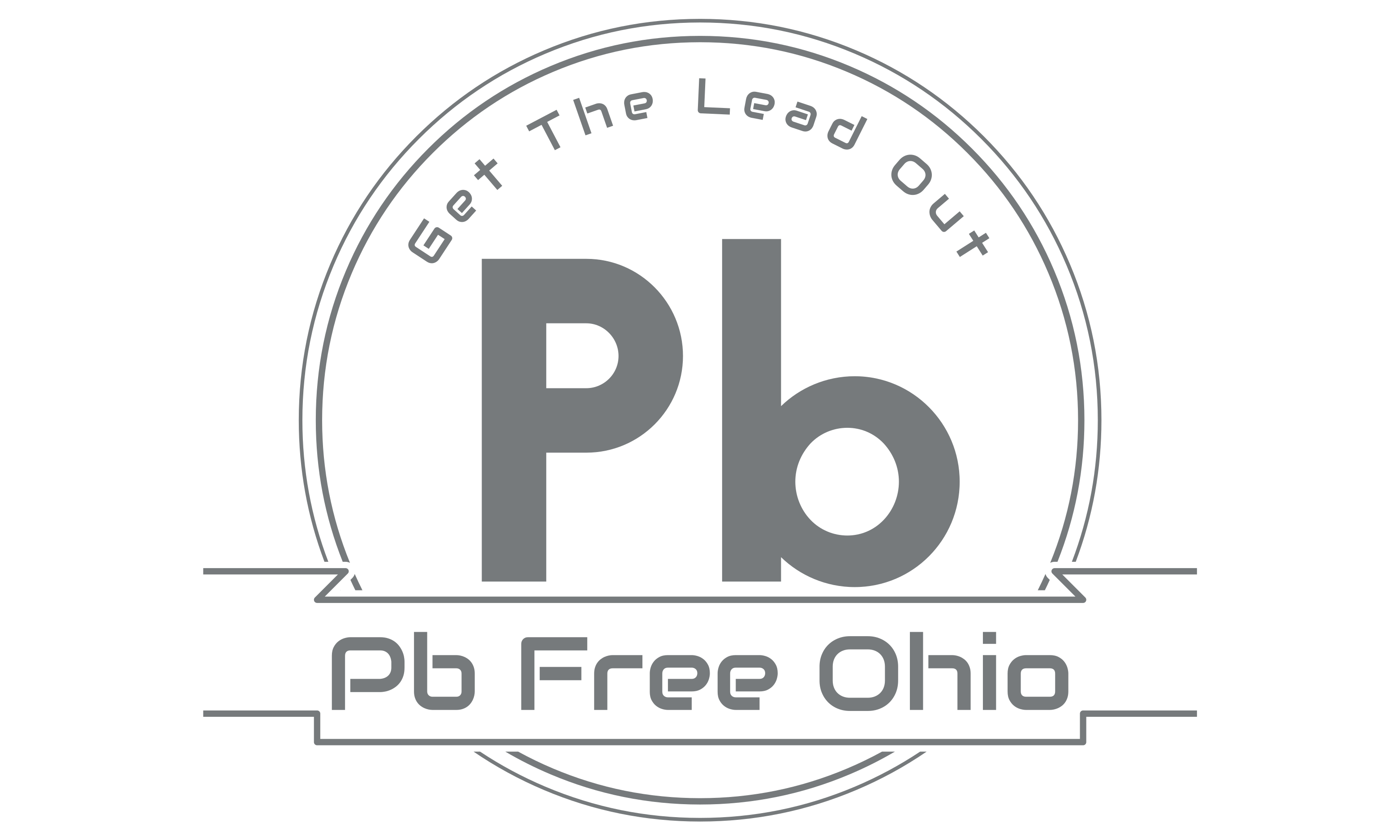Property management companies that perform, offer, or claim to perform regulated renovations in pre-1978 housing or child-occupied facilities are required to obtain certification from the EPA and ensure renovations are performed by certified firms and employees.
On January 21, the U.S. Environmental Protection Agency (EPA) announced it will proceed on March 21, 2022 to withdraw previously published answers to two Frequently Asked Questions (FAQs) concerning property management companies and their compliance responsibility under the Toxic Substances Control Act (TSCA) and the Lead Renovation Repair and Painting (RRP) Rule.
With the withdrawal of these FAQs, EPA affirms that property management companies (PMCs) that perform, offer, or claim to perform regulated renovations in pre-1978 housing or child-occupied facilities are required to obtain certification from the EPA and ensure that renovations in the homes they manage are performed by certified firms and employees trained to use lead-safe work practices. Withdrawing the PMC FAQs signals that EPA plans to hold both the PMCs and the contractors they hire responsible for compliance if the circumstances indicate that both entities performed or offered to perform renovations for compensation in target housing or child-occupied facilities.
(Editor’s Note: In the Federal Register Notice published on November 4, 2021 (link to Notice also posted below), the response to this question, “Does this action affect you?” reads: This announcement matters to you if you are a PMC, if you are employed by a PMC, if you live in target housing managed by a PMC, or if you work with PMCs on renovation, repair or painting activities covered by the EPA’s RRP rule. Target housing includes residential dwellings constructed before 1978. This notice also matters to you if you have a child under the age of 6 years who regularly visits a “child-occupied facility,” such as a daycare or a kindergarten, in a pre-1978 building managed by a PMC.)

“Compliance with the lead-based paint RRP rule’s requirements protects people, especially young children, from the hazardous effects of lead,” said Larry Starfield, Acting Assistant Administrator for the EPA’s Office of Enforcement and Compliance Assurance. “With this action EPA is notifying property management companies that EPA will assess RRP Rule compliance based on the broadly applicable language of the RRP rule, whether the property management company uses its own employees or hires an outside firm to perform the renovation.”
“Providing equal protections for all communities from the dangers of lead-based paint means we need to hold everyone equally accountable for following the requirements of the RRP rule,” said Michal Freedhoff, Assistant Administrator for EPA’s Office of Chemical Safety and Pollution Prevention. “Following lead-safe work practices will help reduce exposure to lead and keep children and workers healthy.”
On November 4, 2021, EPA published a notice in the Federal Register explaining the rationale for the withdrawal and requested public comment to identify any relevant information that could change the EPA’s decision to withdraw the two FAQs. The notice explained that, following the comment period and the agency’s consideration of comments received by that date, the EPA intended to post a memorandum that states whether the withdrawal will take effect as planned.
The RRP rule protects residents of pre-1978 homes from lead-based paint disturbed during renovation, repair, or painting activities. The rule requires that firms that perform or offer to perform renovations in pre-1978 houses need to be certified by the EPA and assign individuals who have been trained to use lead-safe work practices; disclose important safety information to residents prior to the work; and document their compliance with the rule. This is especially important to underserved and overburdened communities, which often include a high proportion of rental housing managed by PMCs, and the military community, where family housing is also often managed by PMCs.
Compliance with the RRP rule’s requirements protects people from the hazardous health effects of lead. Lead-contaminated dust from chipped or peeling lead-based paint in homes built prior to 1978 presents one of the most common causes of elevated blood lead levels in children. Infants and children are especially vulnerable to lead paint exposure because their growing bodies absorb more lead than adults do, and their brains and nervous systems are more sensitive to the damaging effects of lead.
Resources From EPA
The memorandum confirming that EPA will proceed to withdraw the FAQs is available at: https://www.epa.gov/system/files/documents/2022-01/oeca-22-000-1701.pdf
For information on how to get certified, visit: https://www.epa.gov/lead/renovation-repair-and-painting-program-contractors
To read the Federal Register Notice published on November 4, 2021, visit: https://www.federalregister.gov/documents/2021/11/04/2021-24010/withdrawal-of-two-answers-to-frequent-questions-about-property-management-companies-and-the-toxic
For more information about lead and lead regulations, visit: https://www.epa.gov/lead
original article found at https://facilityexecutive.com/2022/01/lead-based-paint-rule-property-managers-affirms-epa/

